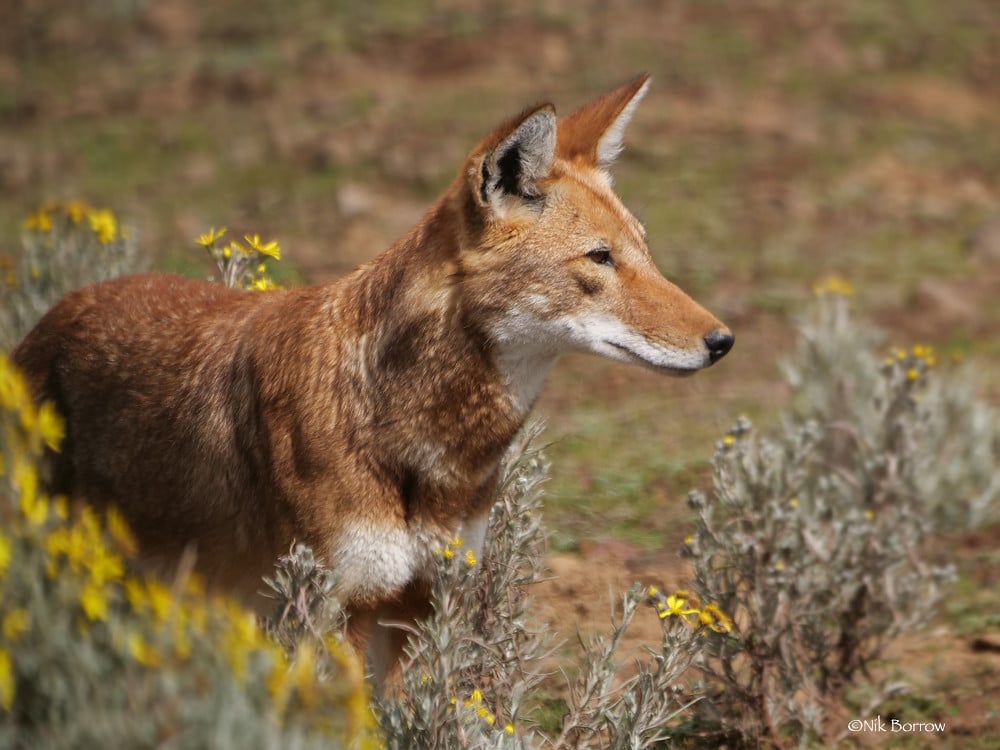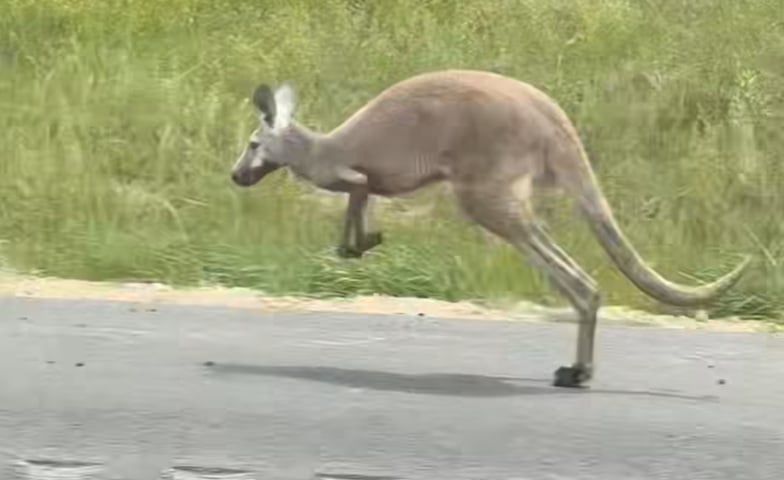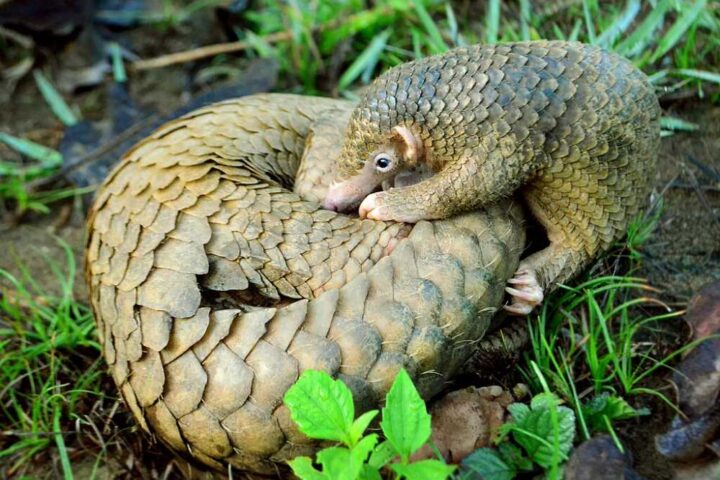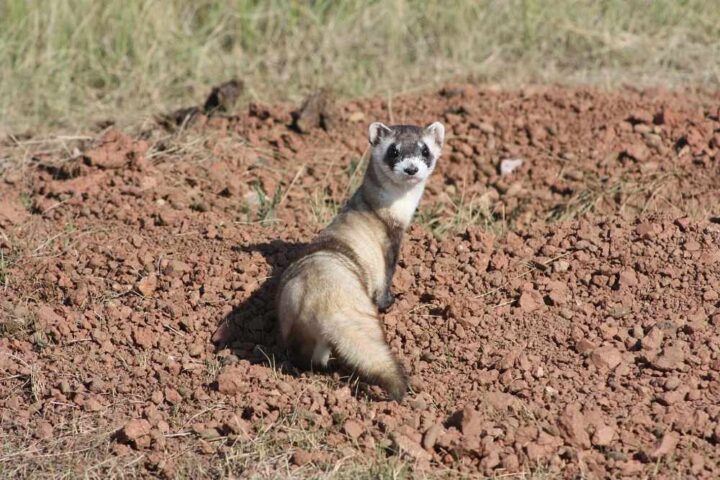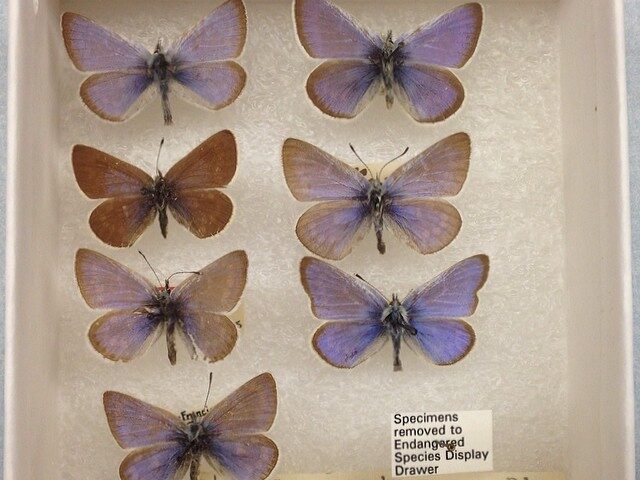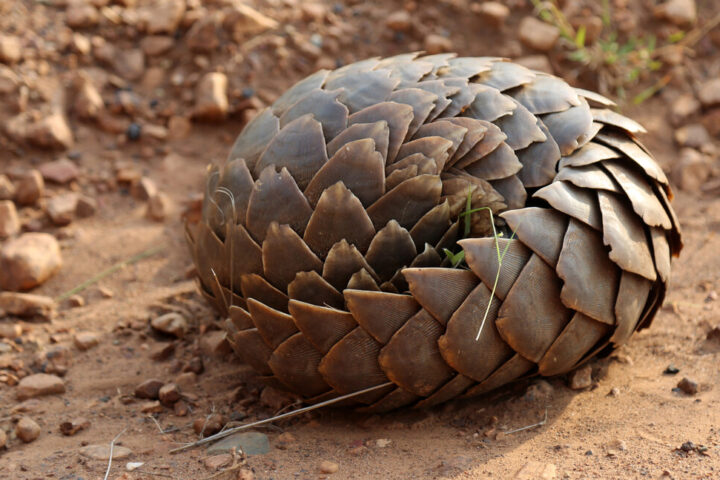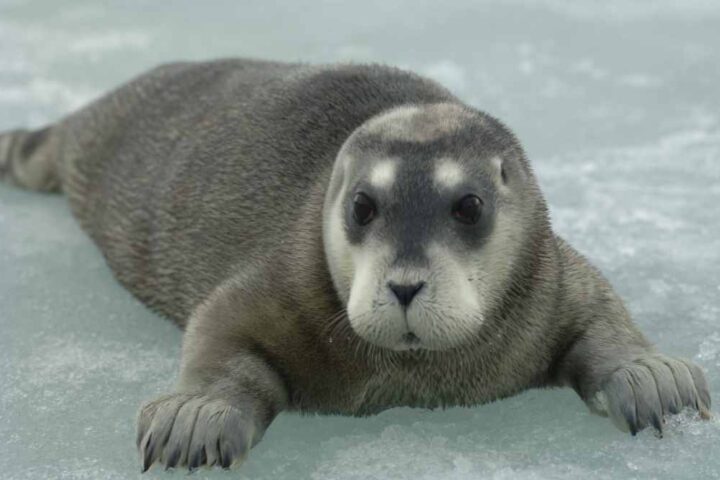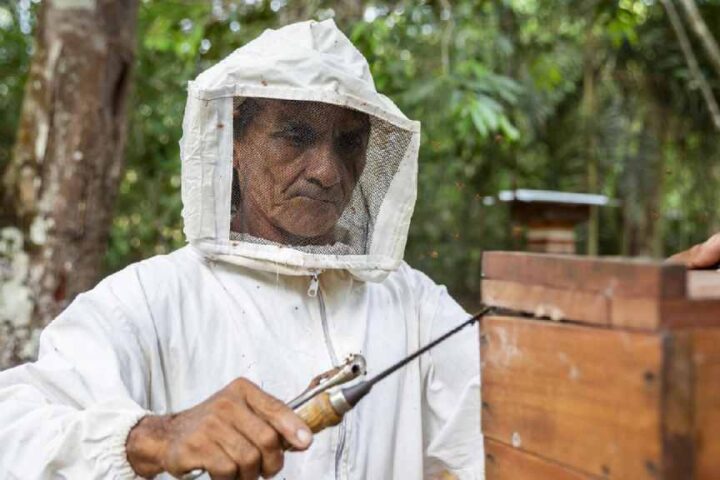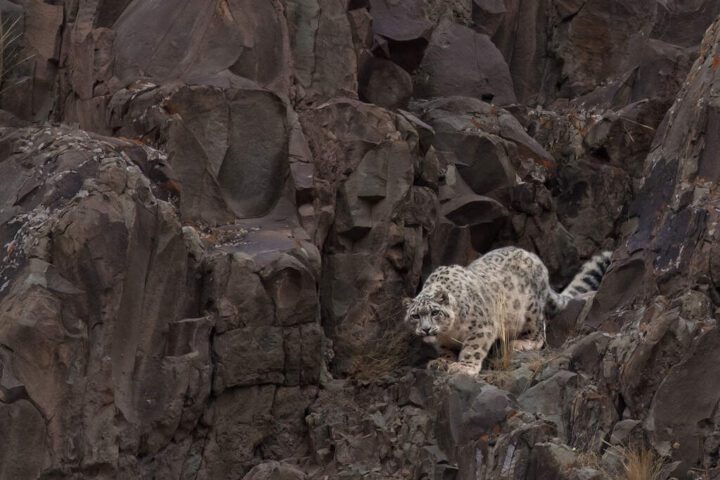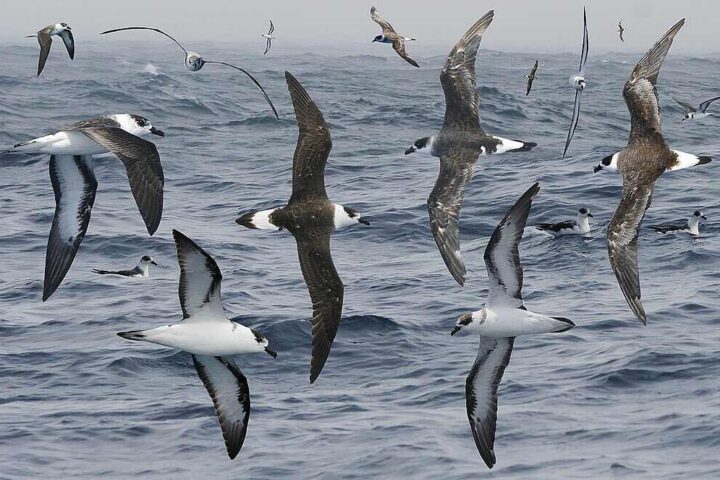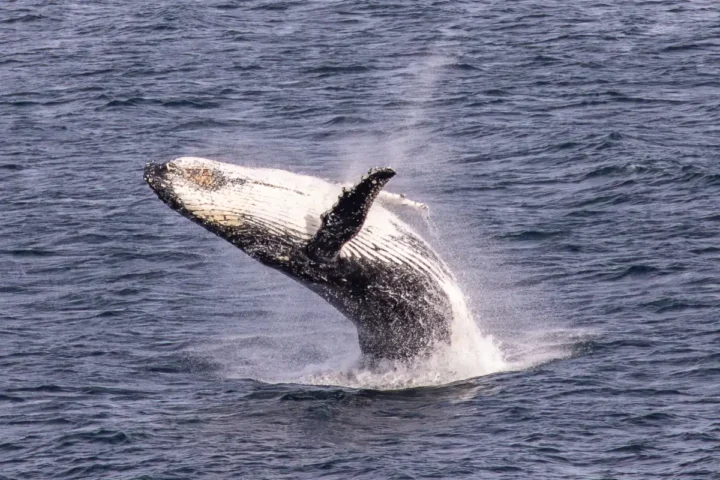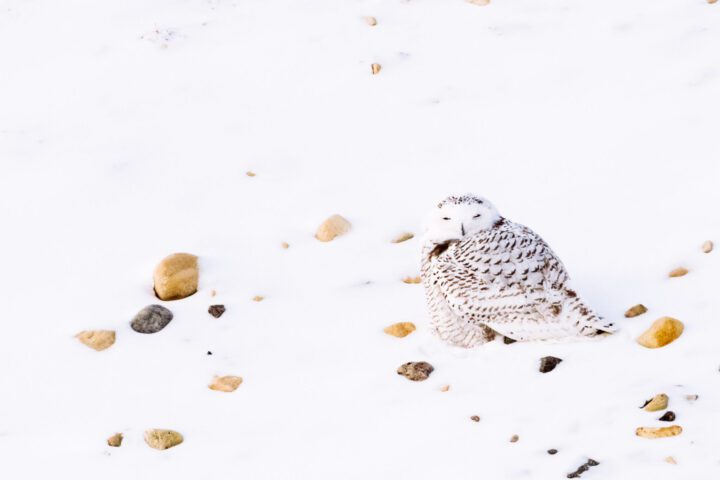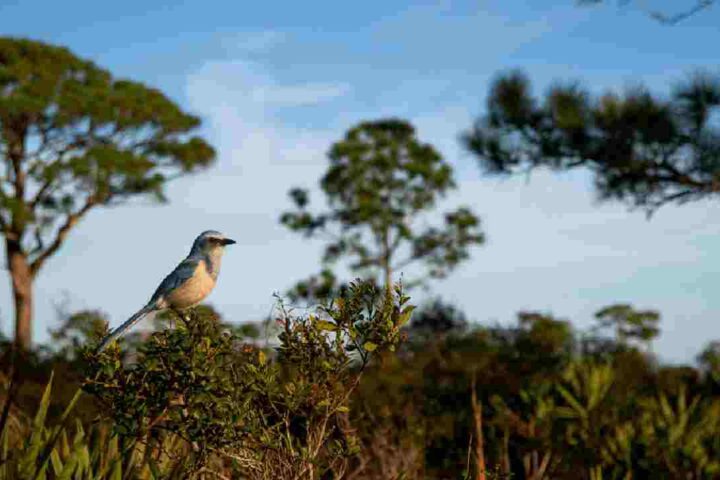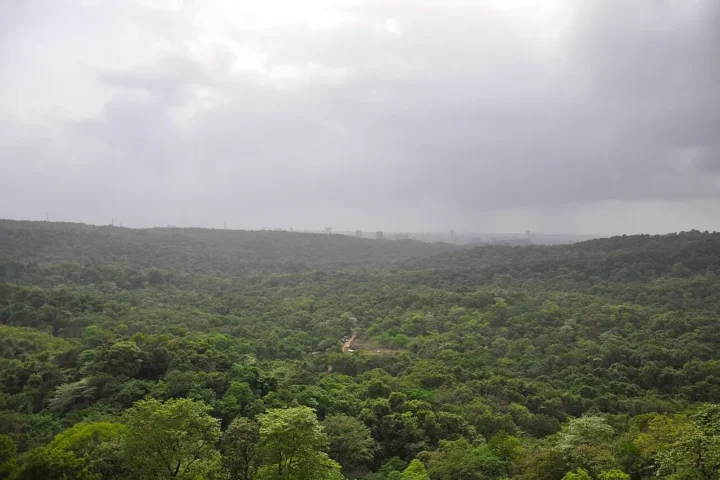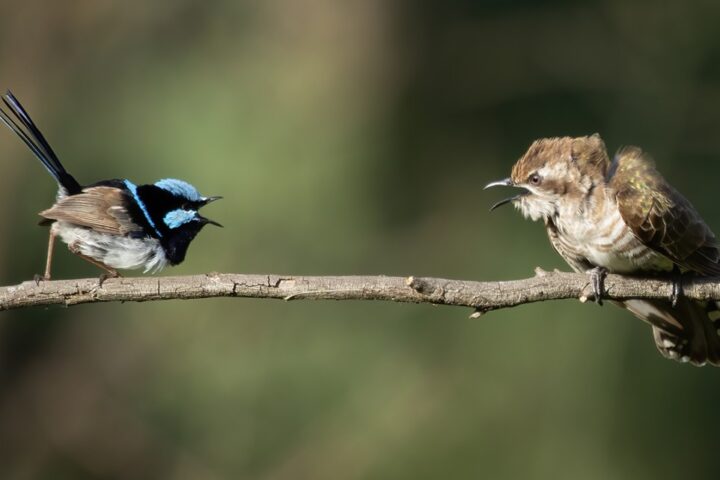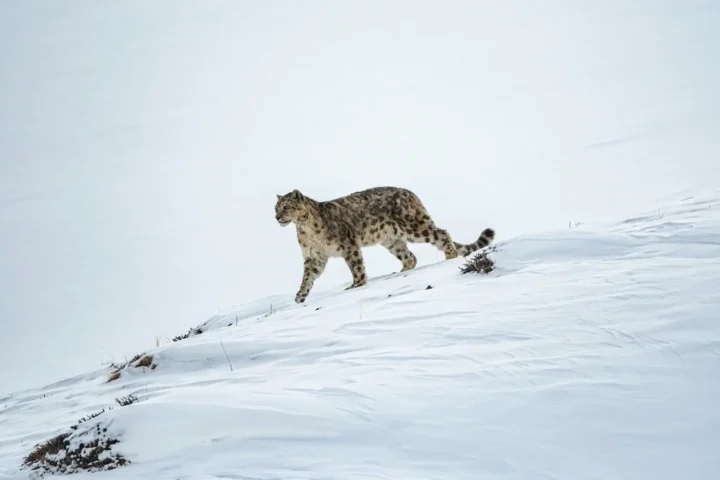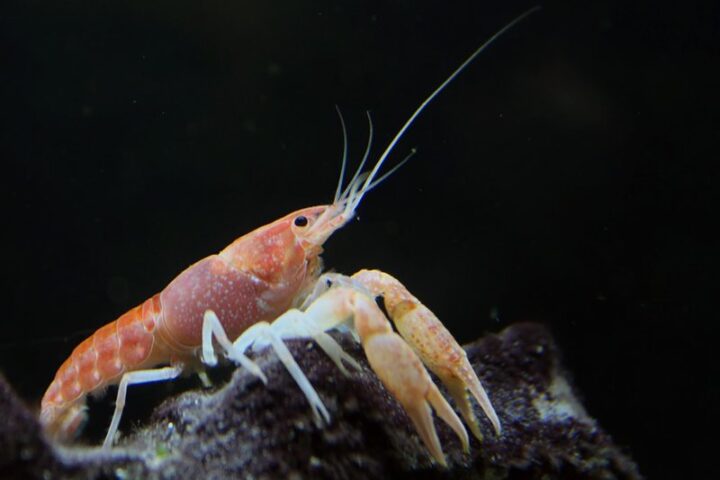Recent observations have documented an extraordinary behavior among Ethiopian wolves. Interestingly, these rare carnivores engage in nectar feeding from Ethiopian red hot poker flowers, potentially making them the first large carnivore known to contribute to plant pollination.
Researchers from the Ethiopian Wolf Conservation Programme (EWCP) have observed Ethiopian wolves (Canis simensis) deliberately feeding on nectar from the Ethiopian red hot poker flower (Kniphofia foliosa), according to findings published in the journal Ecology. The wolves were documented meticulously visiting up to 30 flower stalks during a single foraging trip, carefully licking nectar from mature flowers at the base of the inflorescence.
“I first became aware of the nectar of the Ethiopian red hot poker when I saw children of shepherds in the Bale Mountains licking the flowers. In no time, I had a taste of it myself—the nectar was pleasantly sweet. When I later saw the wolves doing the same, I knew they were enjoying themselves, tapping into this unusual source of energy,” explains Professor Claudio Sillero-Zubiri, Director of the Ethiopian Wolf Conservation Programme and researcher at the University of Oxford’s Department of Biology.
Crucially, researchers observed wolves emerging with their muzzles coated in yellow pollen after feeding, suggesting they may transfer pollen between plants. This represents the first documented case of nectar feeding and potential pollination by a large carnivore species.
Dr. Sandra Lai, senior scientist at EWCP and lead author of the study, notes, “These findings highlight just how much we still have to learn about one of the world’s most threatened carnivores. It also demonstrates the complexity of interactions between different species living on the beautiful Roof of Africa.”
Ecological Role and Significance
While the Ethiopian wolf primarily hunts rodents like the African mole-rat, the nectar appears to serve as a supplementary energy source in their demanding high-altitude environment. The behavior shows evidence of social learning, with adult wolves observed bringing juveniles to flower-rich areas, suggesting generational transmission of this foraging technique within packs.
The Kniphofia foliosa plant itself possesses characteristics that could favor mammal pollination, including sturdy structure, abundant nectar production, and accessible pollen. As this plant species is largely self-incompatible, it depends on external vectors for cross-pollination.
Dr. Anagaw Atickem, an ecologist at Addis Ababa University who has studied interactions between domestic dogs and Ethiopian wolves, raised an important concern: domestic dogs also consume nectar from these same flowers, potentially creating additional opportunities for disease transmission between species.
Conservation Status and Challenges
The Ethiopian wolf faces severe conservation challenges as Africa’s most endangered carnivore and the world’s rarest canid. Fewer than 500 individuals remain, distributed across approximately six to seven isolated populations in the Ethiopian highlands, with the largest concentration in the Bale Mountains.
These specialized predators confront multiple threats:
- Habitat Loss: Expansion of subsistence farming and livestock grazing into high-altitude areas has reduced and fragmented their Afroalpine habitat. Over 60% of the land above 3,200 meters in Ethiopia has been converted to farmland.
- Disease: Rabies and canine distemper virus (CDV) transmitted from domestic dogs have caused devastating population crashes, with some outbreaks resulting in 75% mortality in affected areas. Recent research has highlighted the compounded danger when both diseases occur simultaneously.
- Population Fragmentation: Small, isolated populations face risks of inbreeding and reduced resilience to environmental changes.
- Human Disturbance: While direct persecution is uncommon, human presence brings domestic dogs, disease risks, and habitat disturbance.
The EWCP, Ethiopia’s longest-running single-species conservation program (established 1995), implements comprehensive conservation strategies including
- Population monitoring across highland habitats
- Vaccination campaigns targeting both wolves and domestic dogs (more than 3,000 dogs vaccinated annually)
- Community engagement through local “Wolf Ambassadors”
- Alternative livelihood projects supporting habitat conservation
- Research using GPS collars to understand wolf movement patterns and human impact
Recent developments include:
- Field operations in March 2025 involving capture, vaccination, and GPS collar fitting for wolves on the Sanetti Plateau
- Publication of research in Emerging Infectious Diseases (December 2024) describing the severe threat posed by simultaneous rabies and CDV outbreaks
- A population assessment in October 2024 confirmed that the Ethiopian wolf is “four times rarer than a wild giant panda.”
A Complex Relationship with Their Environment
The discovery of nectar feeding illustrates the complex ecological relationships maintained by this endangered species. Despite their primary role as specialized rodent hunters, Ethiopian wolves have adapted to utilize available resources in their harsh alpine environment.
As both predator and potential pollinator, the Ethiopian wolf exemplifies the intricate connections that characterize biodiversity hotspots like the Ethiopian highlands. This finding demonstrates that endangered species may play previously unrecognized ecological roles, further emphasizing the importance of their conservation.
For the Ethiopian wolf, continued survival depends on comprehensive protection of their remaining habitat, effective disease management, and deeper understanding of their ecological relationships within the unique Afroalpine ecosystem of the “Roof of Africa.”
